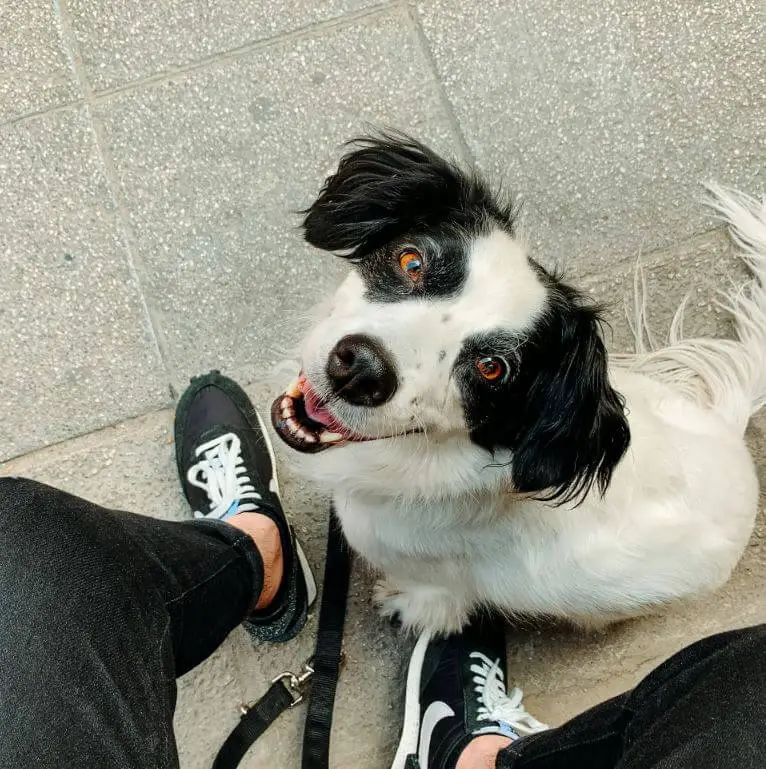Understanding your dog’s behavior is crucial for fostering a harmonious relationship. If you’ve noticed that your furry friend is calm and relaxed around you but becomes anxious or excitable in the presence of others, you’re not alone. There are several factors at play that influence your dog’s temperament in different social settings.

Comfort and Familiarity:
- Bond and Trust: Your dog likely shares a strong bond with you, built on trust and familiarity. Feeling secure and predictable around you contributes to their calm demeanor.
- Understanding Your Routines: Dogs thrive on routine. Your pet’s familiarity with your daily habits and overall energy provides a sense of security, promoting a relaxed state of mind.
Unfamiliar People and Situations:
- Fear of the Unknown: New people can trigger fear or nervousness in dogs, perceiving them as potential threats. This can result in behaviors like barking or clinginess.
- Unpredictable Behavior: People outside your household may behave differently, unsettling your dog with varying energy levels or movements.
- Past Experiences: Negative encounters with strangers or unfamiliar environments can leave lasting impressions, contributing to apprehension or wariness in dogs.
Body Language and Demeanor:
- Your Calming Presence: Dogs are highly attuned to body language. Your calm and confident demeanor likely reassures your dog, promoting a sense of ease.
- Unintentional Reinforcement: Your reactions to your dog’s behavior matter. Unknowingly rewarding calm behavior with affection while unintentionally reinforcing anxious behavior can influence their responses.
Tips to Help Your Dog:
- Gradual Introductions: Introduce your dog to new people slowly and in a controlled environment, allowing them to adjust at their own pace.
- Positive Reinforcement: Reward calm behavior around new people with treats or praise, creating positive associations.
- Body Language Awareness: Be mindful of your own body language, projecting calmness and confidence to reassure your dog.
- Professional Help: Seek assistance from a professional dog trainer or behaviorist if your dog’s anxiety persists, for personalized guidance and training techniques.
Understanding why your dog behaves differently around you versus others is the first step in addressing their social anxieties. By implementing these tips and remaining patient, you can help your canine companion feel more comfortable and confident in various social situations. Remember, nurturing a well-adjusted and social dog takes time and effort, but the rewards are immeasurable.
